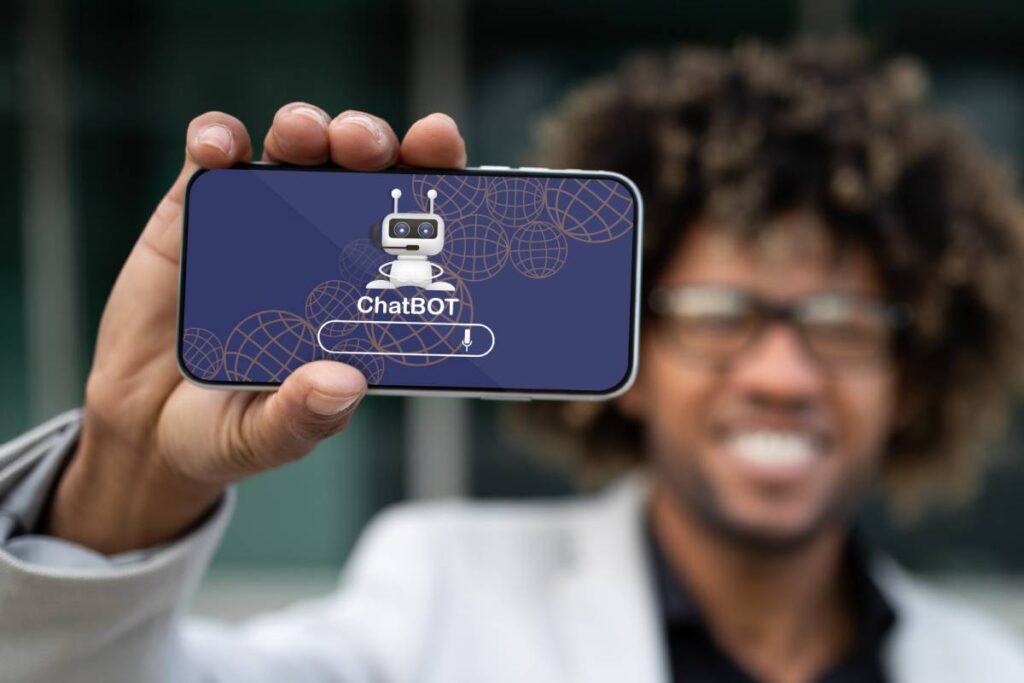
Technology is changing the way we live, work, and connect. One of the biggest changes is the use of artificial intelligence (AI) in customer service. AI tools like chatbots are helping businesses talk to customers faster and more easily. But chatbots aren’t just about speed, they are also helping people with disabilities get better access to online services.
In this article, we’ll explore how AI chatbots improve customer service, support people with different needs, and create a more inclusive digital world. Whether you’re a business owner or a user, understanding these benefits can help everyone enjoy a better online experience.
Can AI Chatbots Improve Customer Service?

Yes. AI chatbots can improve customer service in many ways. They are fast, helpful, and available all the time.
1. Available 24/7
Chatbots work day and night. They don’t need rest like human workers. This means people can get help anytime they need it.
2. Fast Replies
Chatbots can answer questions right away. They also talk to many people at once, so no one has to wait long.
3. Same Answers for Everyone
4. Save Time and Money
Using chatbots means businesses don’t need as many staff for simple questions. Human workers can then focus on more serious problems.
5. Personal Help
Some chatbots can remember your past questions or orders. This helps them give answers that match your needs. By using chatbots, companies can give better, faster, and more helpful service to customers.
How Does AI Help People with Disabilities?

AI is also helping people with disabilities use websites, apps, and technology more easily. This includes people with problems seeing, hearing, moving, or understanding information.
1. Voice Assistants
People who can’t use a keyboard or screen can speak to voice tools like Siri or Alexa to do tasks.
2. Text and Speech Tools
AI can change spoken words into text (for deaf users) or text into voice (for blind users).
3. Easy Design and Navigation
AI can help websites show simpler layouts, bigger text, or less clutter. This helps people who have trouble reading or focusing.
4. Real-Time Captions and Translation
Some AI tools can write subtitles for videos or translate different languages. This helps people follow content better.
5. Smart Typing Help
AI can guess what you want to type and complete your words. This helps people who type slowly or have difficulty writing.
These tools make it easier for people with disabilities to use digital services, do everyday tasks, and feel more included.
How Chatbots Improve Accessibility and Inclusion
Chatbots are a big part of making websites and apps more friendly to everyone. They are simple to use, don’t need special skills, and work well with assistive tools.

1. Clear and Simple Conversations
Chatbots talk in short, simple sentences. They can explain steps one at a time, which is good for people who get overwhelmed easily.
2. Help Without a Phone Call
Not everyone can speak or hear on a phone call. Chatbots let people type instead of talk, which makes support easier to reach.
3. Fewer Menus and Clicks
Some people struggle with complicated menus or small buttons. Chatbots let users just type their question instead of clicking around.
4. Language Support
Many chatbots can talk in different languages. This helps people who don’t speak English well or feel more comfortable using their native language.
5. No Judgement or Bias
Chatbots treat every person the same. They don’t judge people based on how they look, speak, or act. This creates a safer and fairer experience.
6. Work with Assistive Tech
Good bots can work with screen readers, voice input, and keyboard-only control. This helps users with vision or movement problems.
They are a simple way to make digital spaces more open and welcoming for everyone, including those with disabilities.
The Future of AI, Chatbots, and Inclusive Technology
AI and chatbots are getting better all the time. They are learning how to talk more naturally, understand emotions, and offer more personal help.
In the future, chatbots may help users with:
- Mental health support
- Job applications
- Online learning
- Health care and reminders
- Government and legal help
But to make this future fair and inclusive, developers must:
- Design chatbots for all users, including those with disabilities
- Test with real people who have different needs
- Use clear language and easy interfaces
- Make sure chatbots work with assistive tools
When we build technology for everyone, we create a better digital world.
Conclusion
AI and chatbots are powerful tools. They make customer service faster and more helpful. They also give people with disabilities more ways to use the internet, get support, and feel included. Whether it’s helping a customer track a package or guiding someone through a government form, bots can make life easier for everyone.
By using AI in smart, fair, and accessible ways, we can create digital spaces where everyone belongs. In the end, good technology is about people. And chatbots when designed well can help all people connect, solve problems, and live better online lives.



